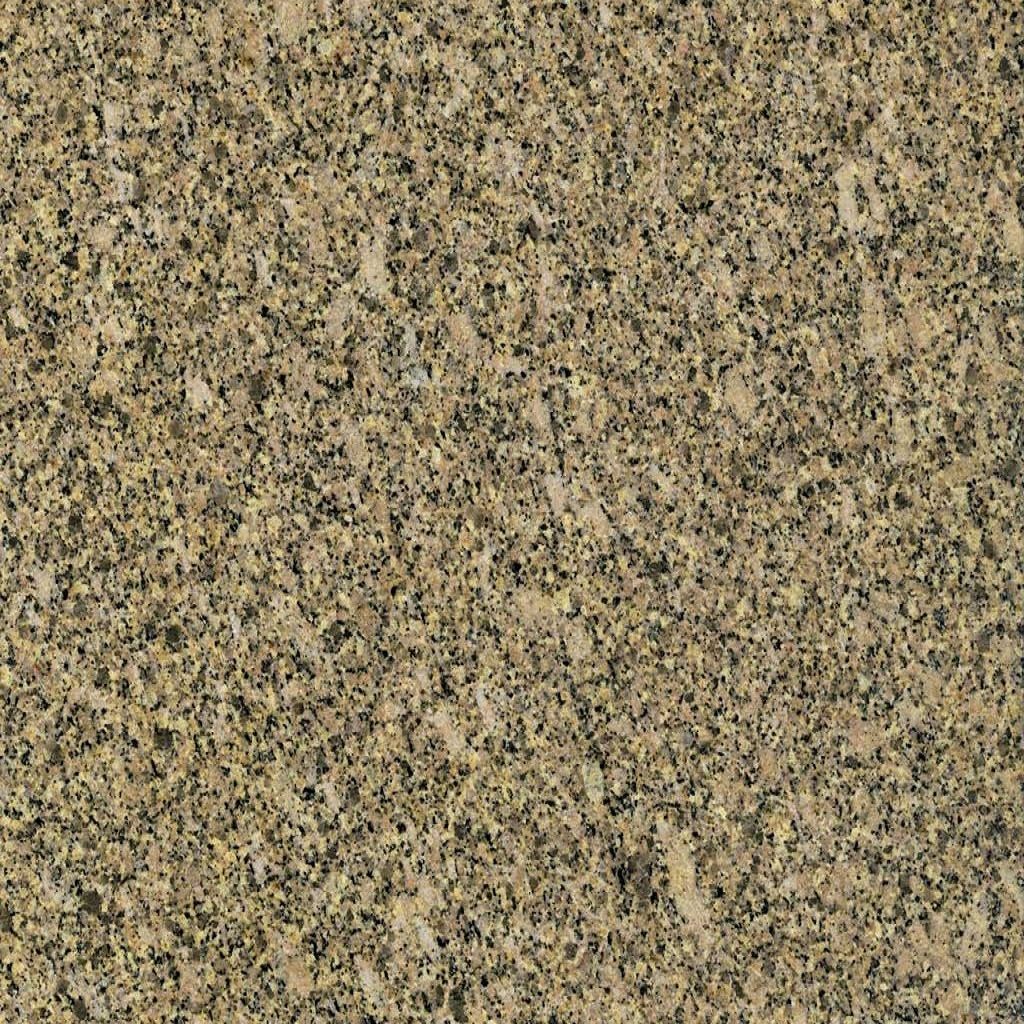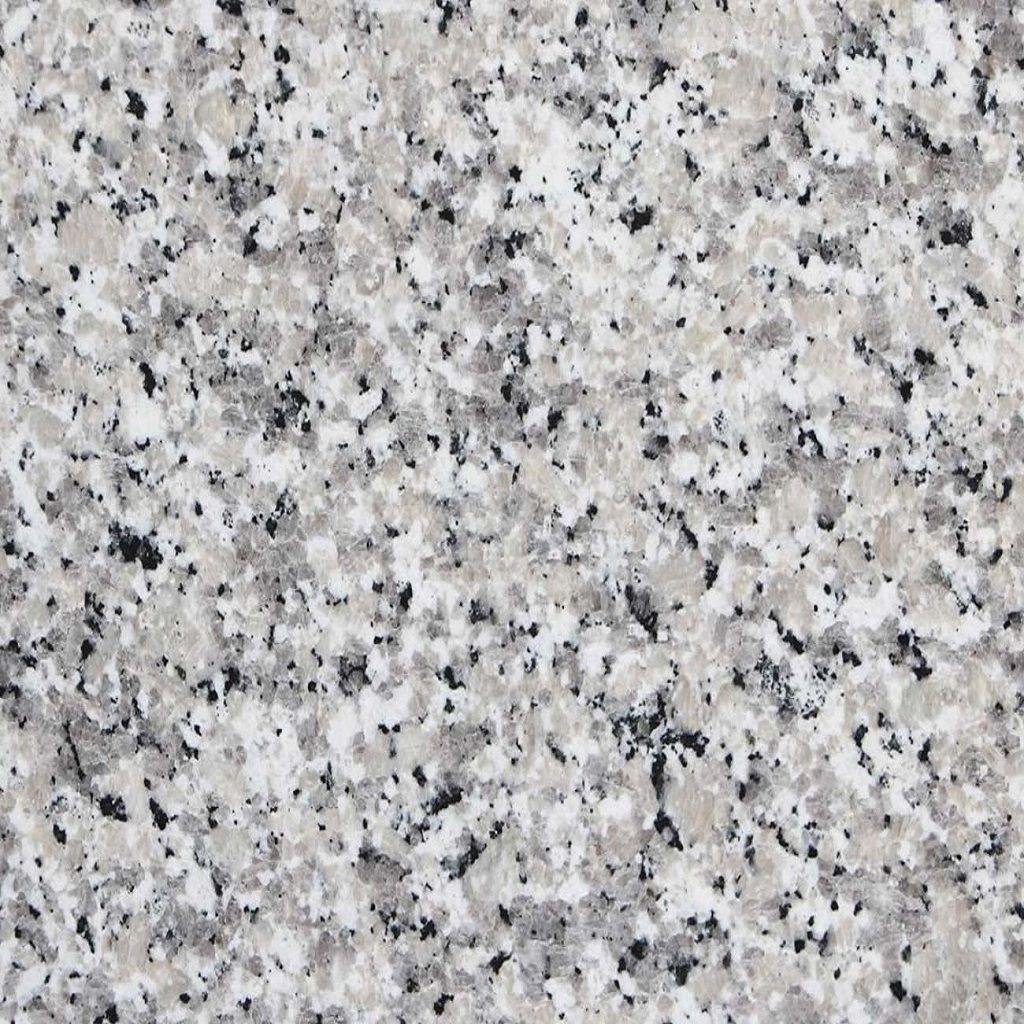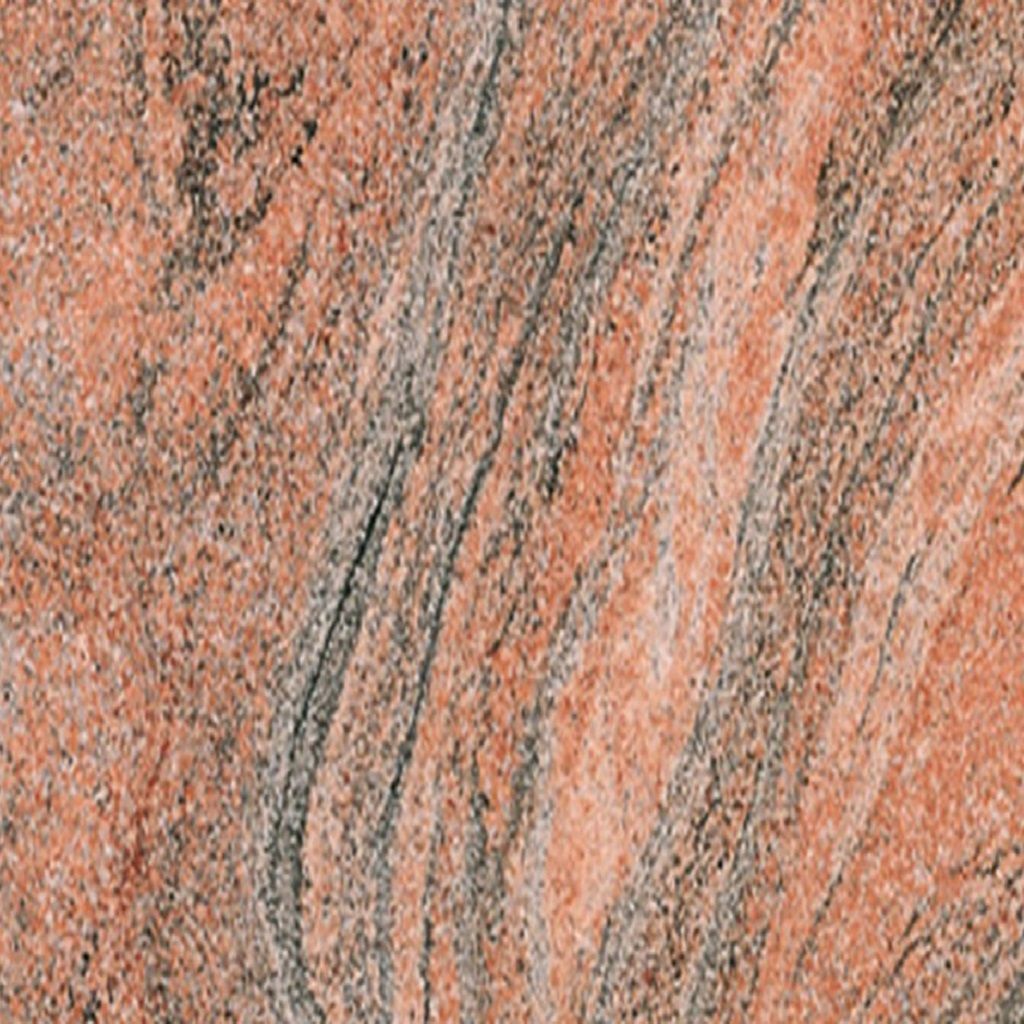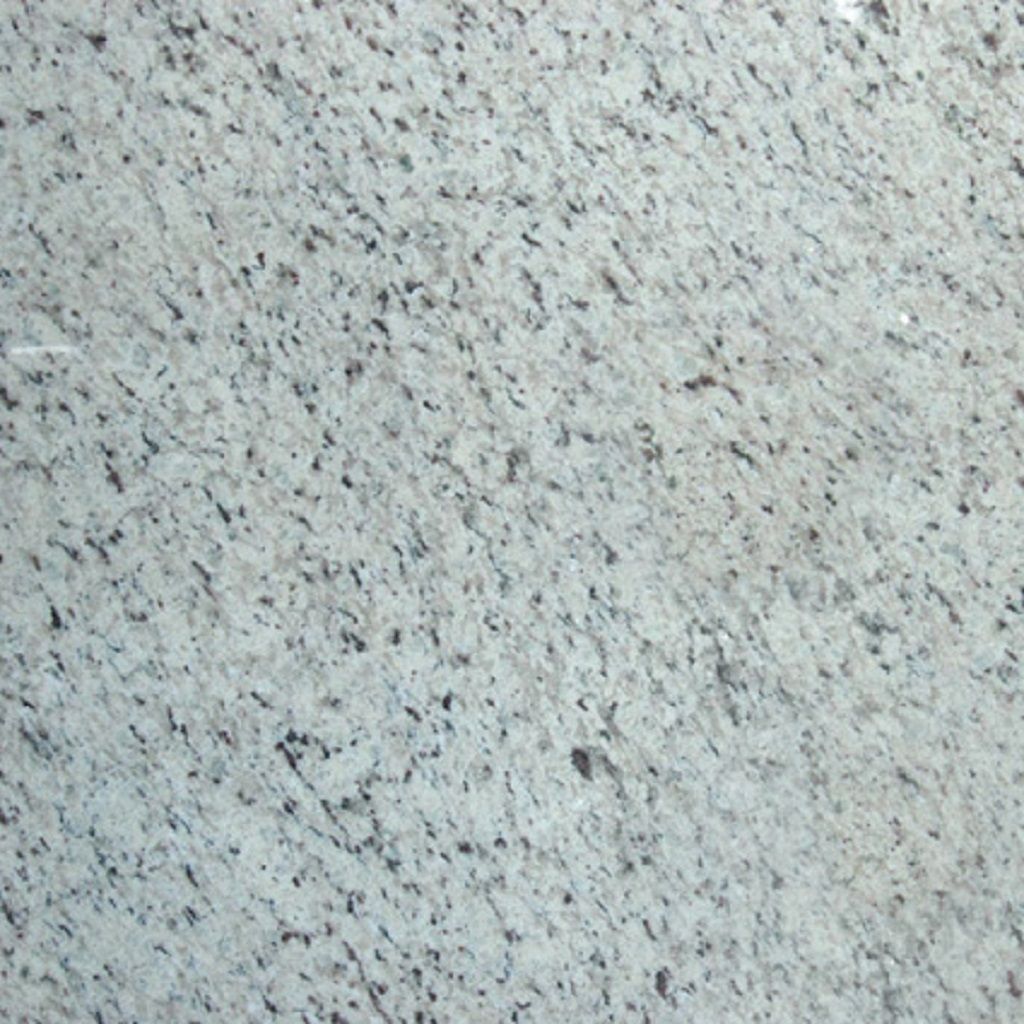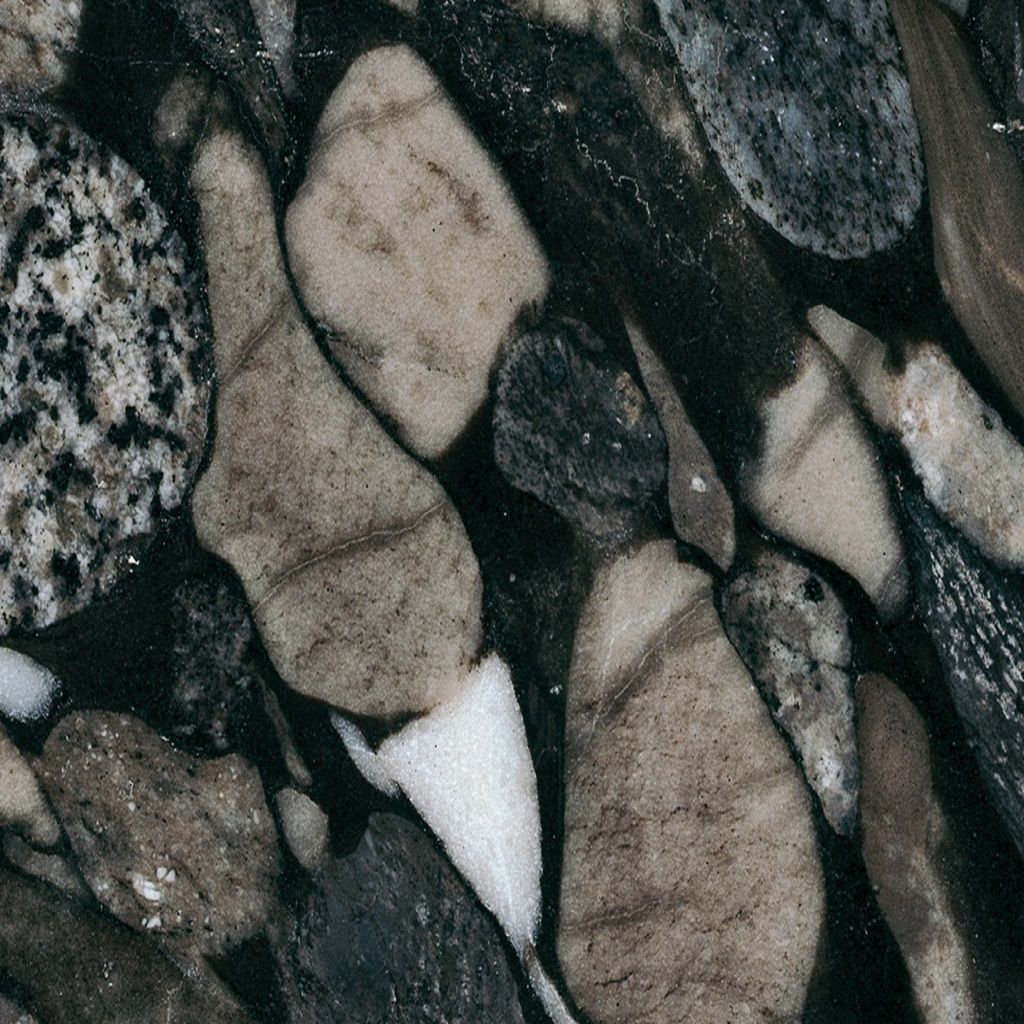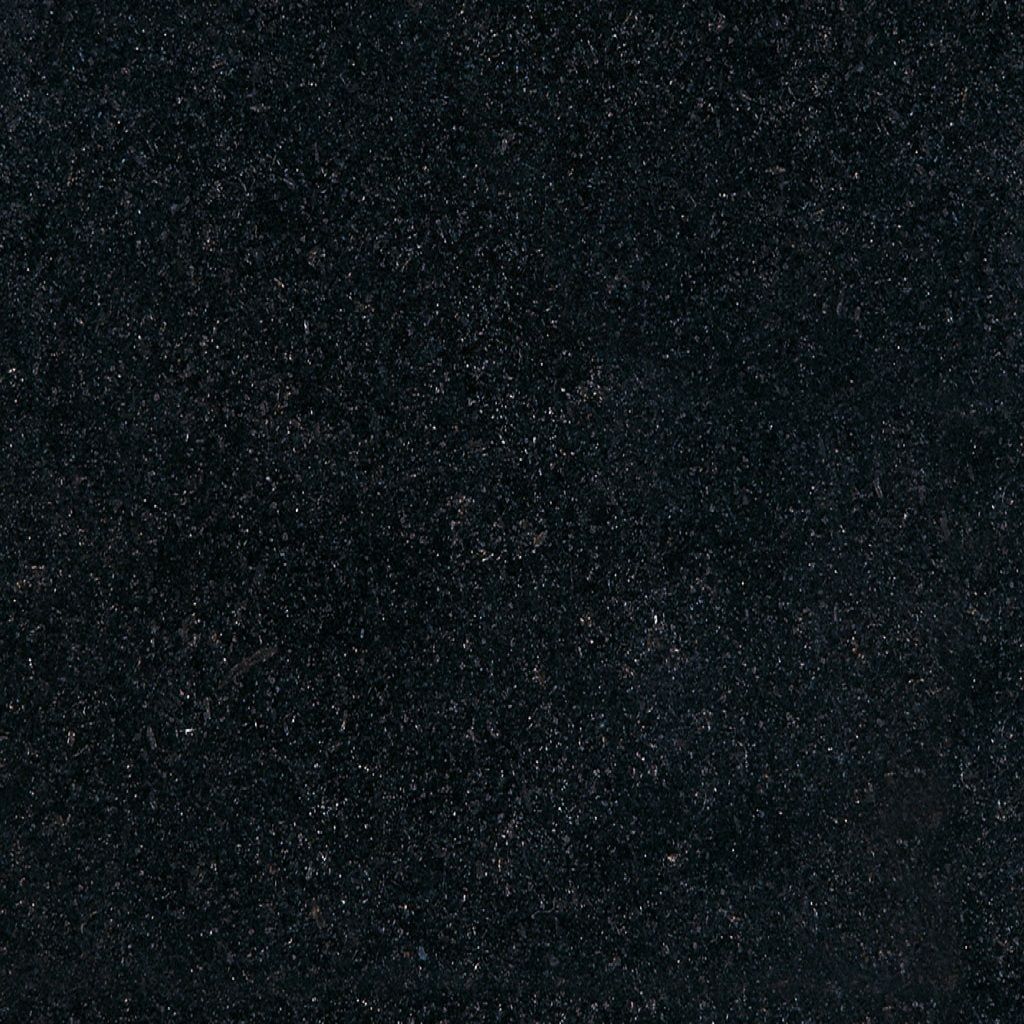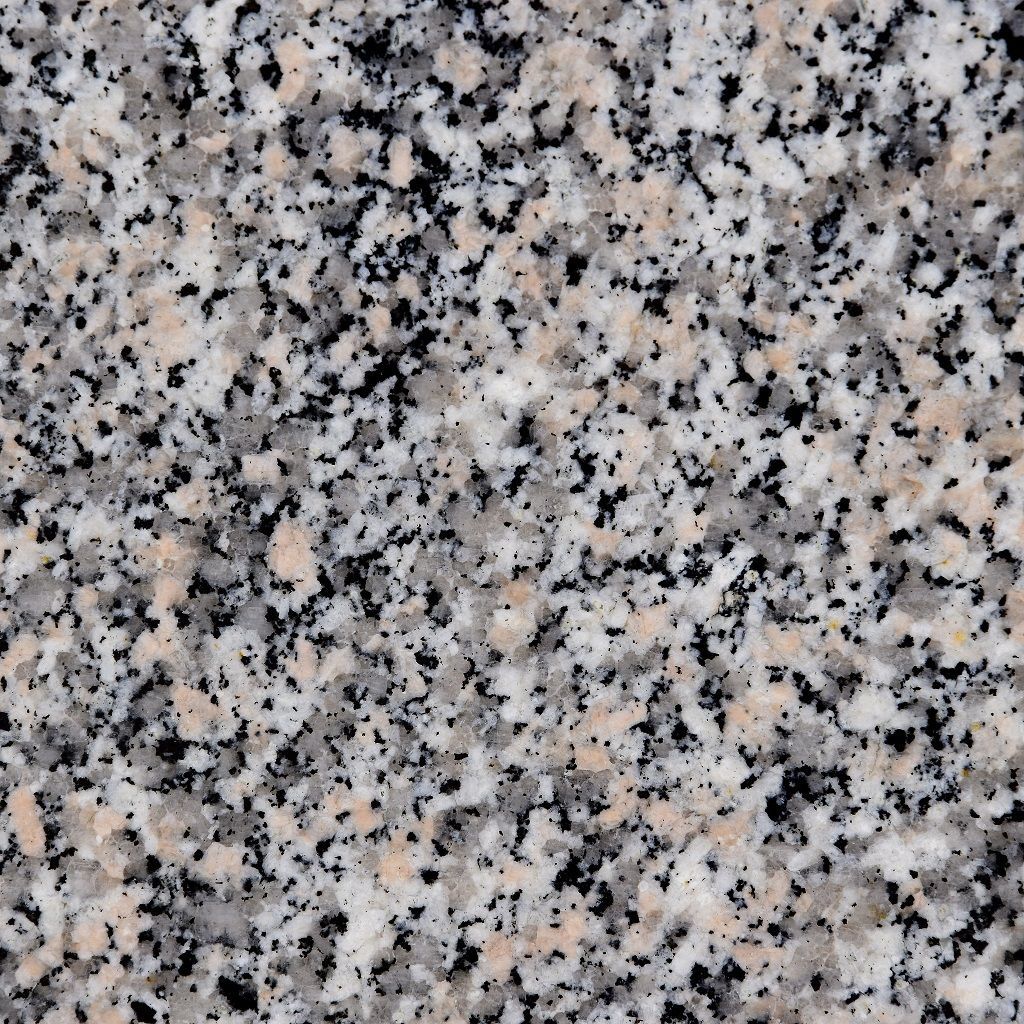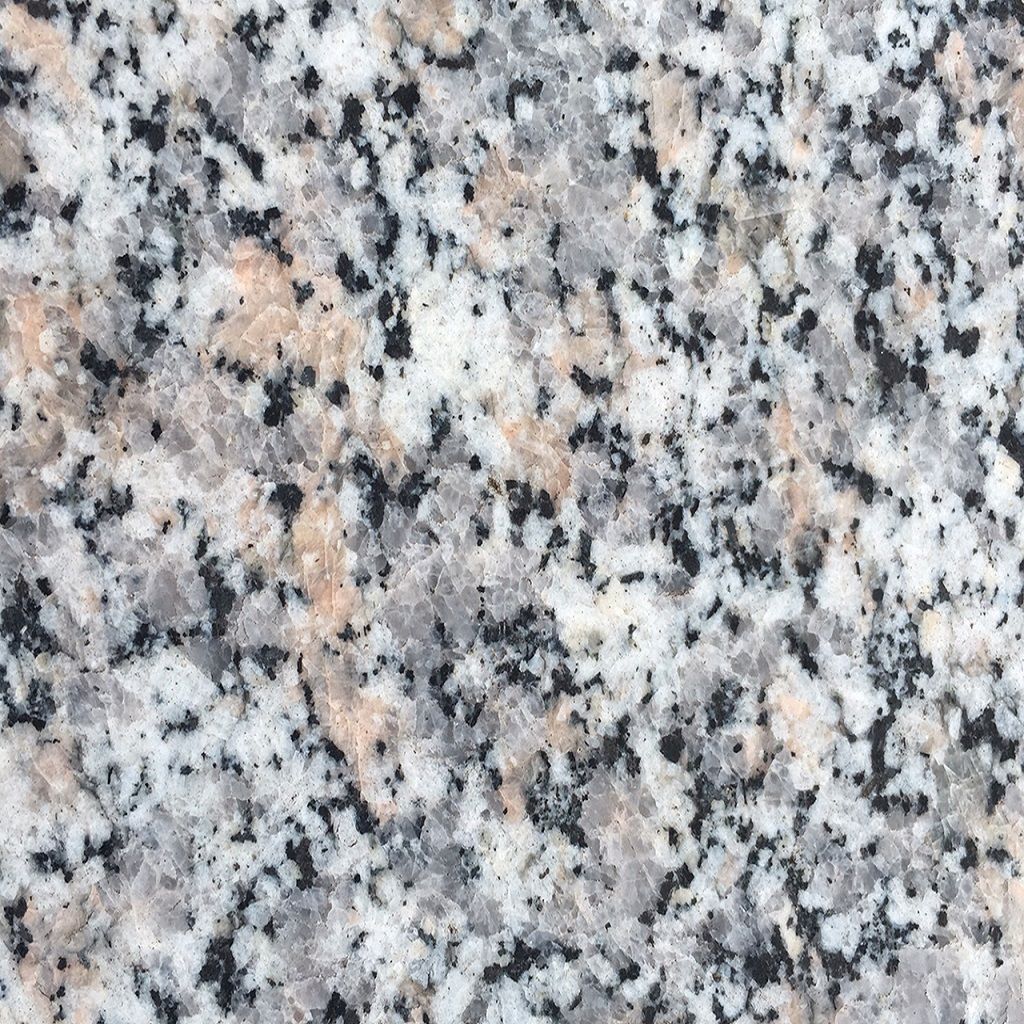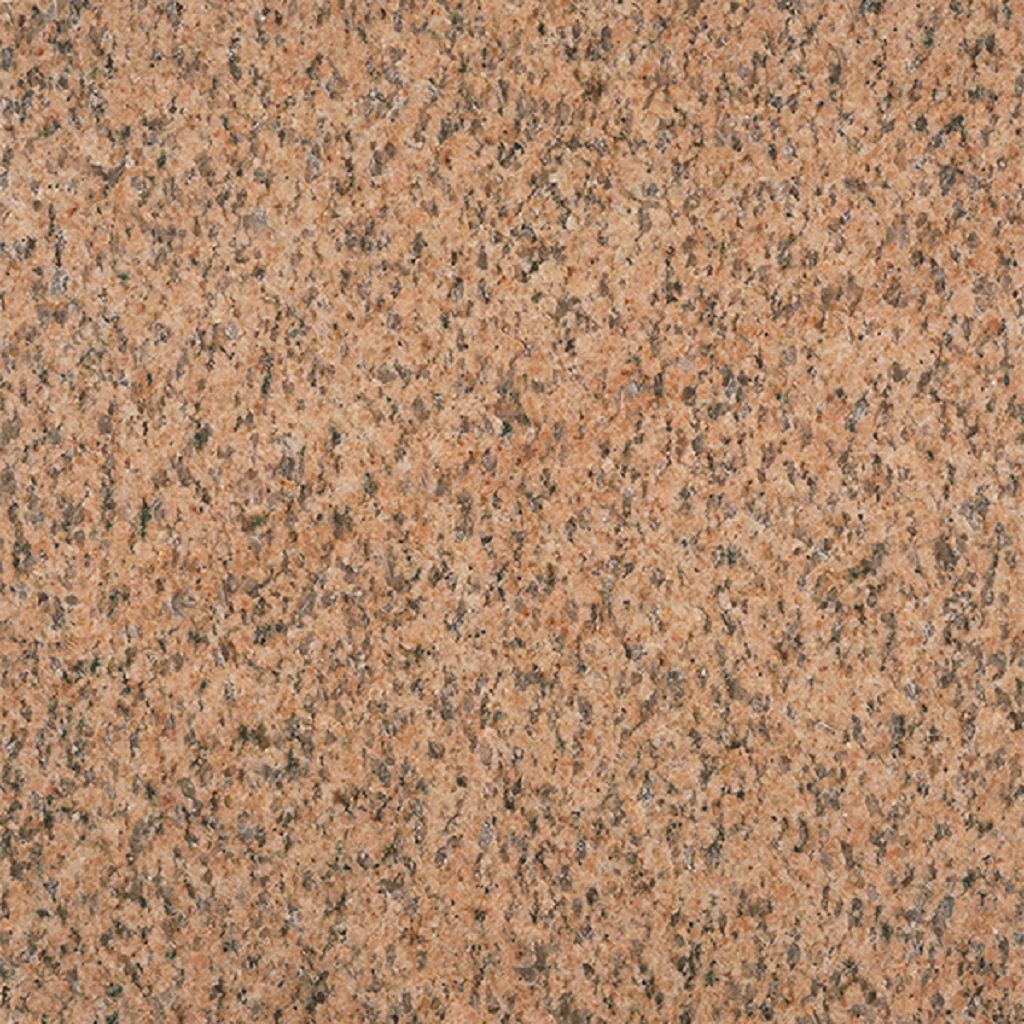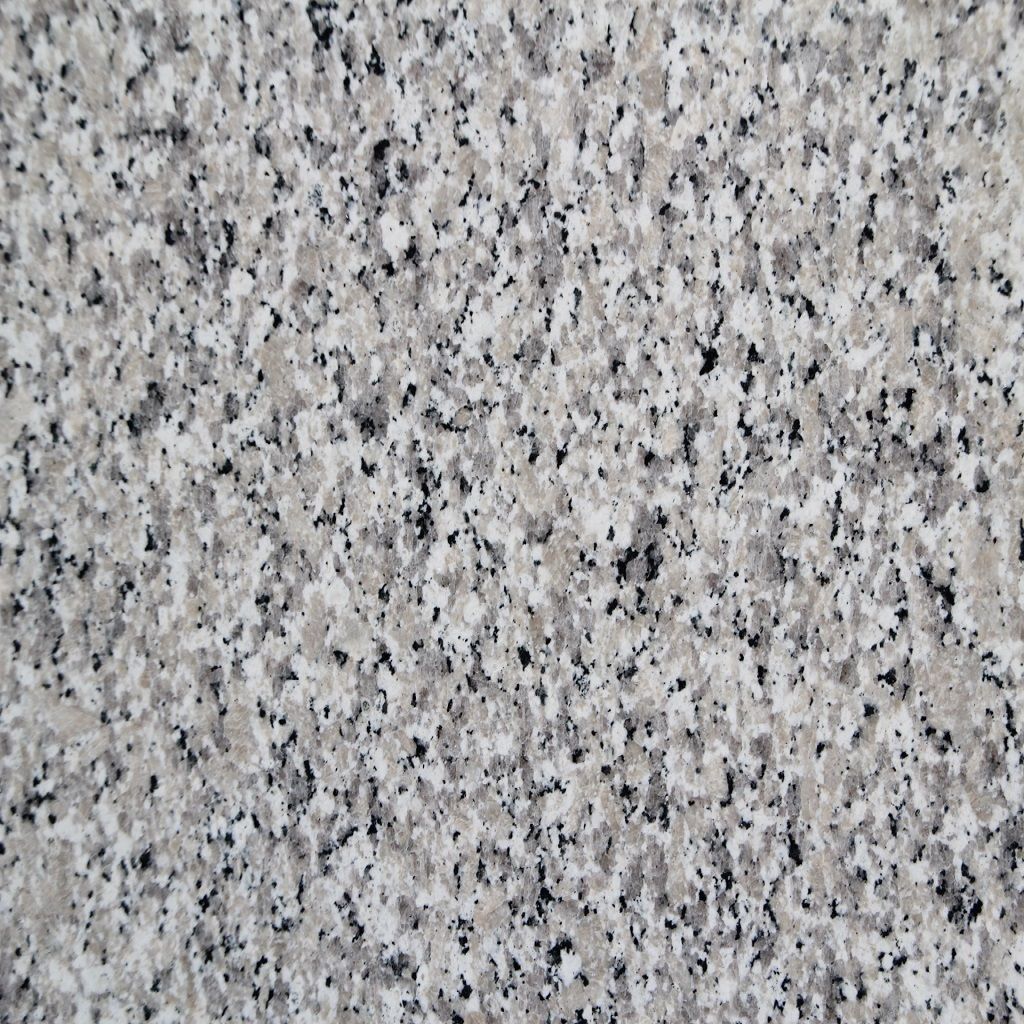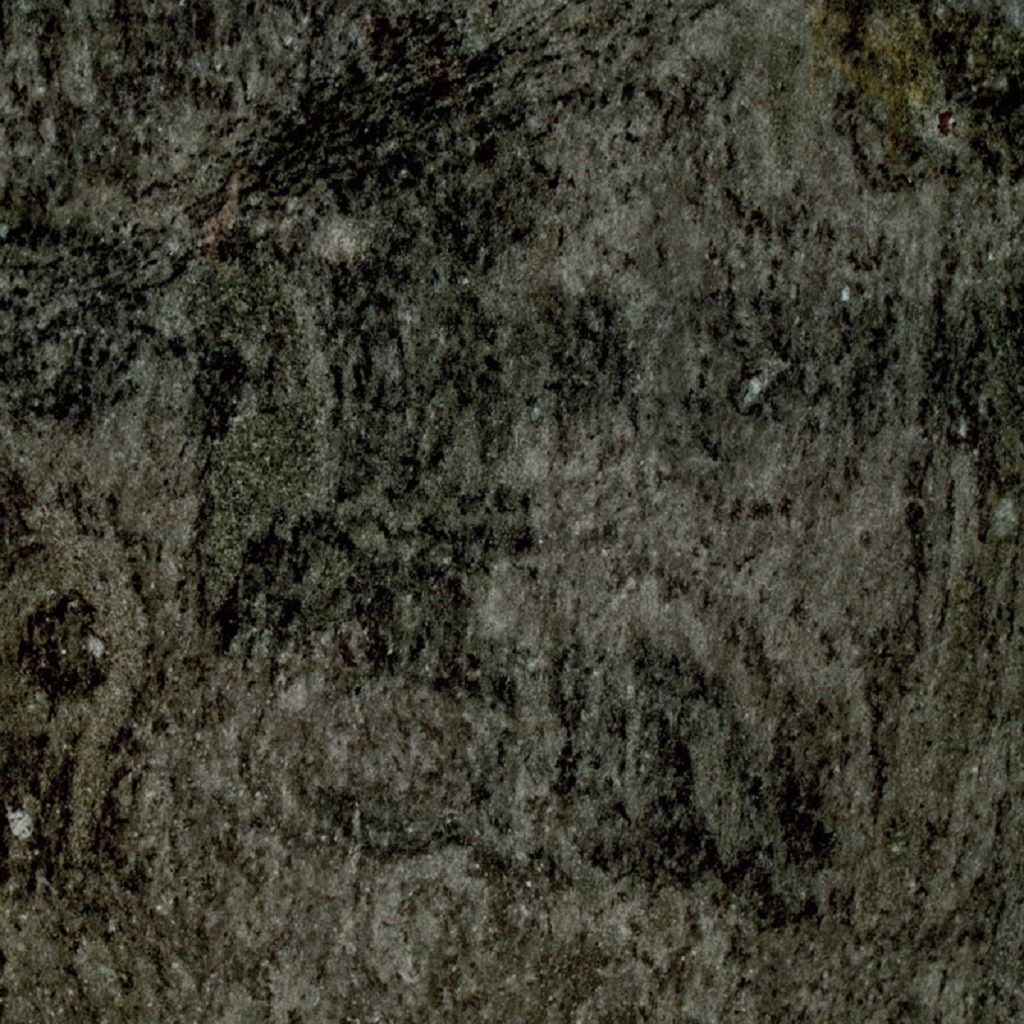Granite work
We provide different sorts of marble, granite and other stone to meet our customers' requests
Looking for a durable, decorative material?
When you're buying a new house and setting about furnishing it, attention to detail always makes a difference. The same principle applies when you're renovating private or public rooms that have lost some of their style or look shabby and in need of renovation. Opting for something durable and decorative is always a sensible and practical choice that shows its advantages straight away and over the years.
A cost-effective choice
Stone materials are the best solution for these needs.
Choosing which stone to use (marble, granite or other) depends mainly on the type of project you're carrying out. Among the possible choices, granite is without doubt one of the most widely used in architecture and building.
Unlike marble, which shows itself visually as a homogeneous slab, granite offers a granular pattern that makes it recognisable and decorative. The experts at LBM Lo Bianco Marmi offer you advice and experience for identifying the type of granite best suited to your project, your budget and the final aesthetic result.
Why granite?
Granite is one of the most abundant rocks on the planet.
Its main characteristic is its hardness, which, unlike marble, makes it challenging to work. But today, thanks to machinery and new technologies, it is one of the most widely used stone materials in architecture and building.
Characteristics
Granite is:
- hard
- resistant to wear
- resistant to abrasion from domestic acidic agents (lemons, detergents, perfume)
- hygienic
- decorative
It returns to its original state after treatment. Because of its properties, granite is often used to clad surfaces that will be walked on by large numbers of people (in airports, shopping centres, stations and so on). It's also ideal for interior cladding such as kitchen or bathroom tops.
Granite and its varieties
Granite is an intrusive igneous rock formed as a result of the cooling of magma, molten below the earth's surface at a depth of between 1 and 30 miles. This process gives rise to clearly visible crystals in the rock, which make it recognisable due to the speckled effect of its hues.
Granite is classified in different ways, according to its chemical, morphological and physical features. In its intrusive form it has colours ranging from grey to pink, with black pigmentations enhancing contrasts.
It consists of various elements:
- quartz crystals which give it hardness
- feldspars, minerals that give it its characteristic pink colour
- biotite, a ferrous mineral with dark hues
LBM Lo Bianco Marmi has broad experience working this very hard and fine stone, using the most advanced technologies. We are available for supply as well as for consultation.
Our many varieties of granite at LBM
The photographs below show all the varieties of granite that LBM Lo Bianco Marmi works with. Talk to our experts through our Contact page and we will be happy to give you the consultation and information you need.
-
BALTIC BROWN
Button -
BEOLA GRIGIA
Button -
BLU BAHIA
Button -
BLUE PEARL
Button -
GALAXY BLACK
Button -
GIALLO ANTICO
Button -
GIALLO VENEZIA FIORITO
Button -
GRANITO BIANCO SARDO
Button -
INDIAN JUPARANA
Button -
IPANEMA WHITE
Button -
LABRADOR BLUE PERAL
Button -
MARINACE BLACK
Button -
MULTICOLR
Button -
NERO ASSOLUTO
Button -
ROSA GHIANDONE
Button -
ROSA PORRINO
Button -
ROSA BETA
Button -
SALISBURY PINK
Button -
SUPER GREY
Button -
VERDE MARINA
Button -
VERDE SAVANA
Button









